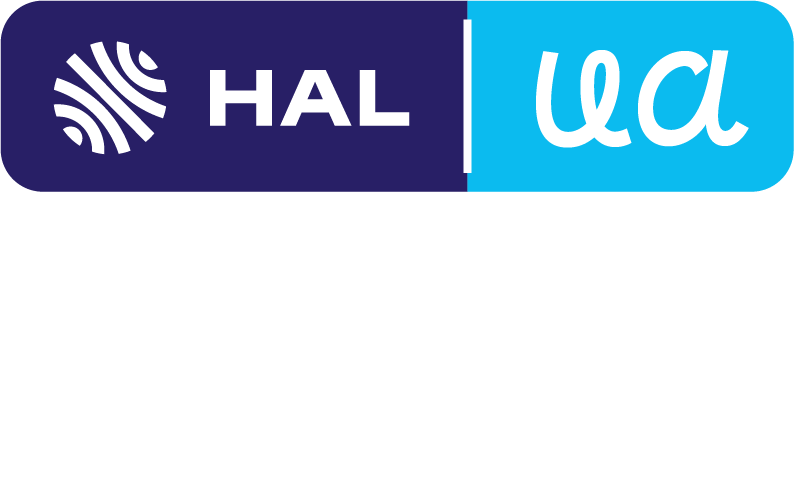Conventional versus stealth lipid nanoparticles: formulation and in vivo fate prediction through FRET monitoring.
Résumé
The determination of the nanocarrier fate in preclinical models is required before any translation from laboratory to clinical trials. Modern fluorescent imaging techniques have gained considerable advances becoming a powerful technology for non-invasive visualization in living subjects. Among them, Forster (fluorescence) resonance energy transfer (FRET) is a particular fluorescence imaging which involves energy transfer between 2 fluorophores in a distance-dependent manner. Considering this feature, the encapsulation of an acceptor/donor pair in lipid nanoparticles (LNEs: lipid nanoemulsions, LNCs: lipid nanocapsules) allowed the carrier integrity to be tracked. Accordingly, we used this FRET technique to evaluate the behavior of LNEs, conventional LNCs and newly designed stealth LNCs. After the development through a one-step (OS) PEGylation process of these stealth LNCs (OS LNCs), in vitro guest exchange dynamics and release kinetics were evaluated for both LNC formulations. We thereafter assessed in vivo biodistribution of all types of lipid nanoparticles. Results showed enhanced stability of encapsulation in OS LNCs in comparison to conventional LNCs. Additionally, the presence of the long PEG chains on the lipid nanoparticle surface altered the biodistribution pattern. Despite different release kinetic profiles, OS LNCs and LNEs showed extended blood circulation time associated with a good structure stability over several hours after intravenous injection.
| Origine | Accord explicite pour ce dépôt |
|---|
